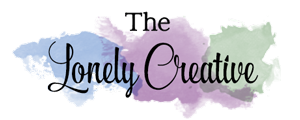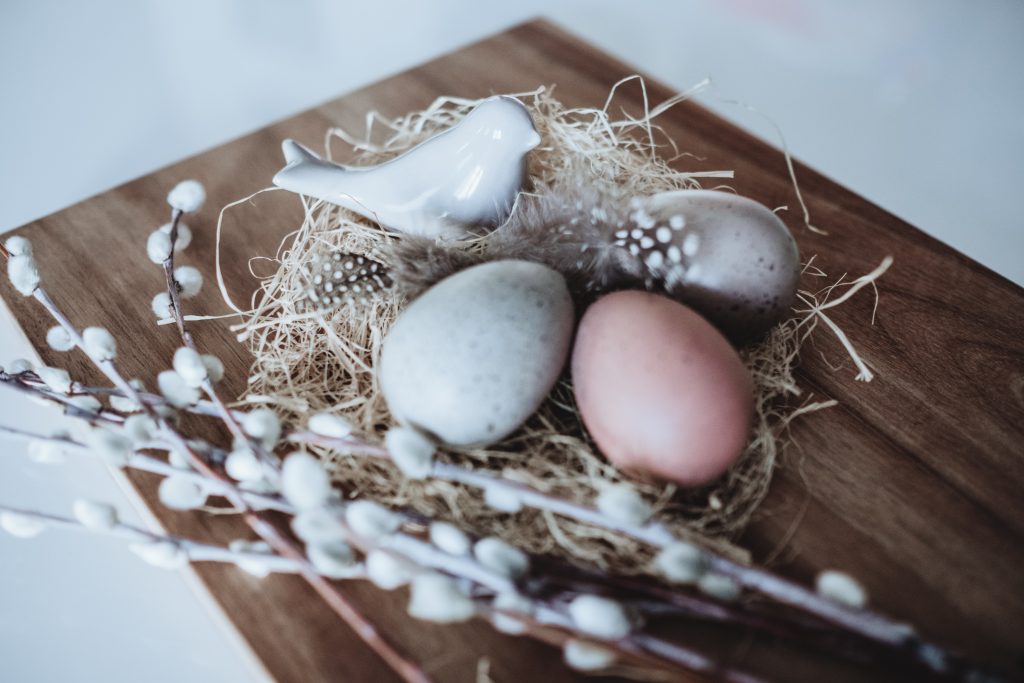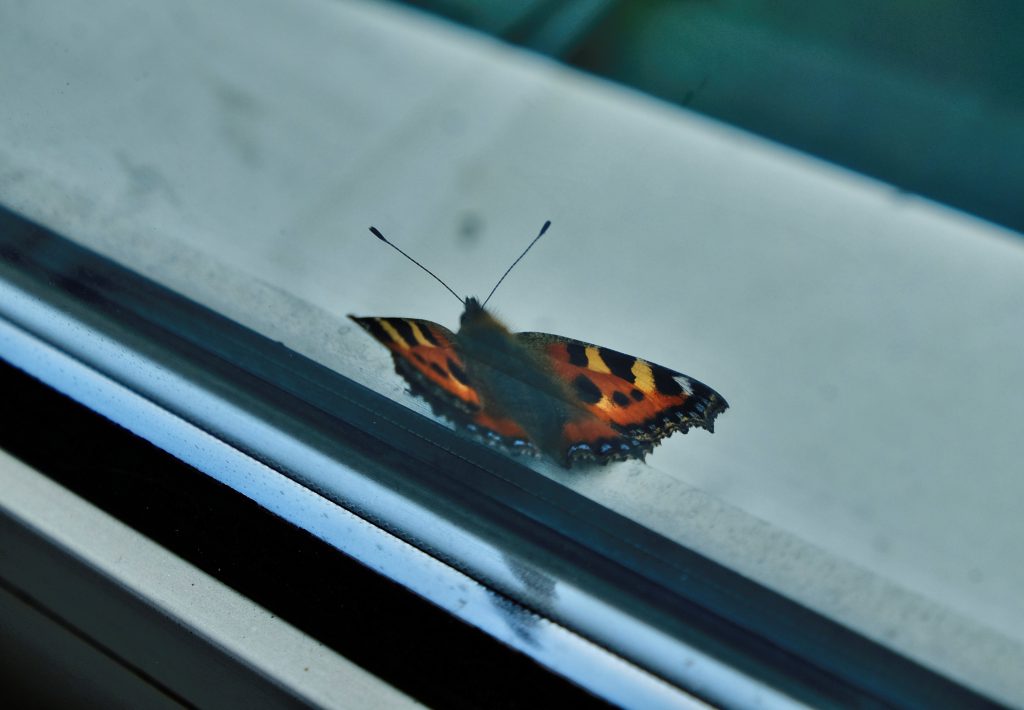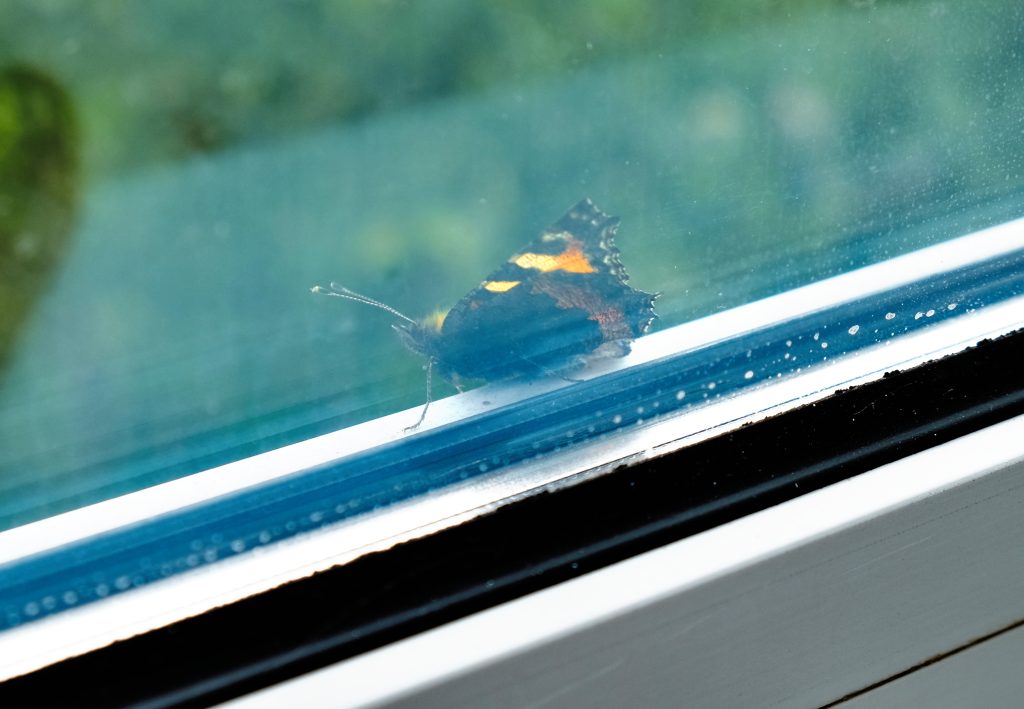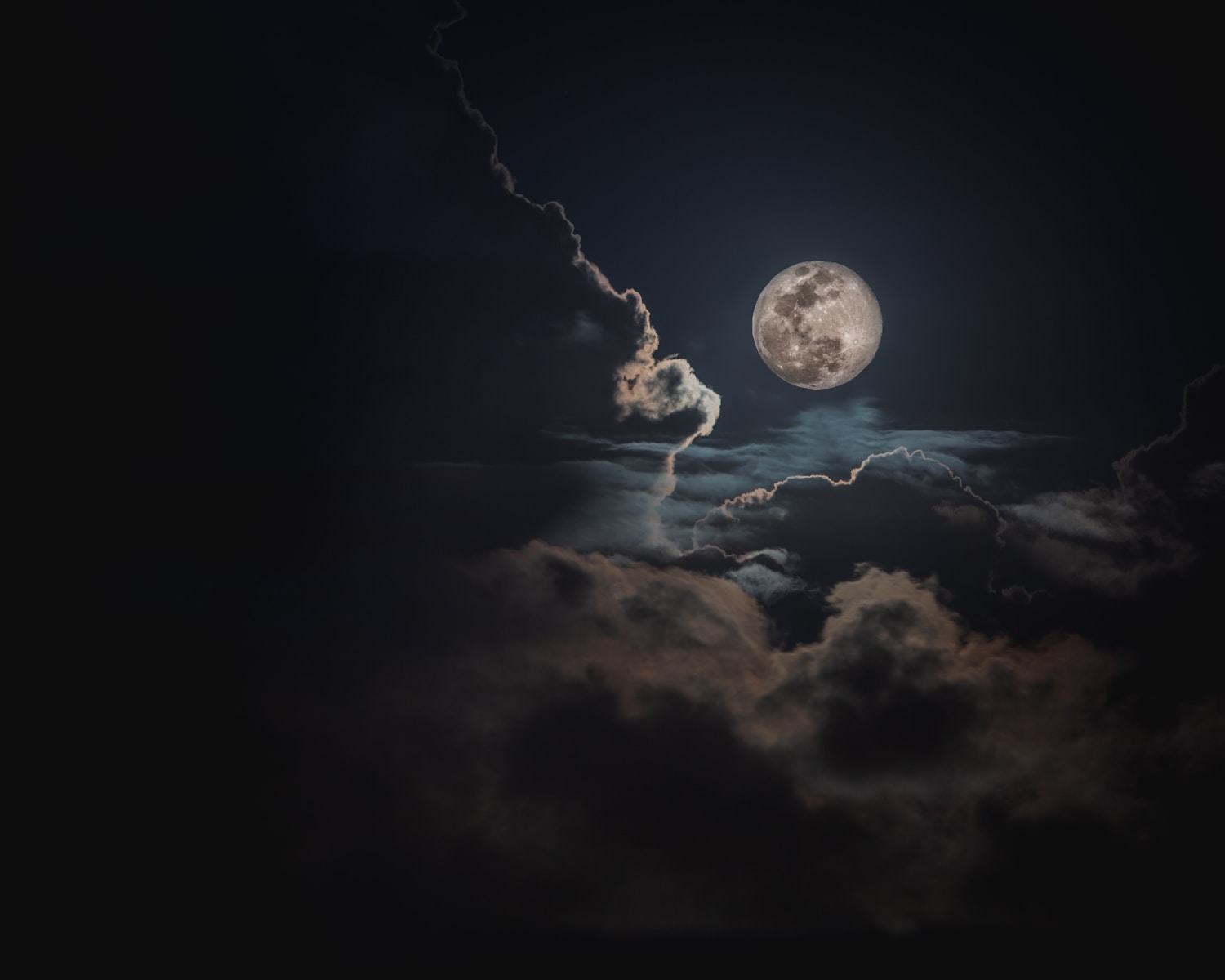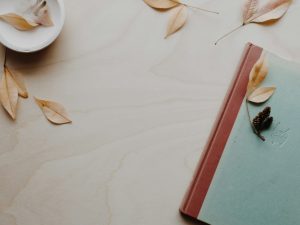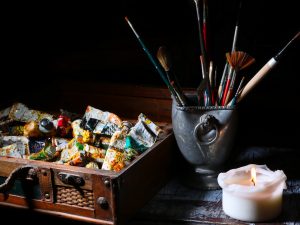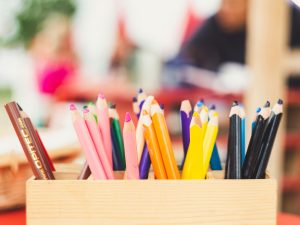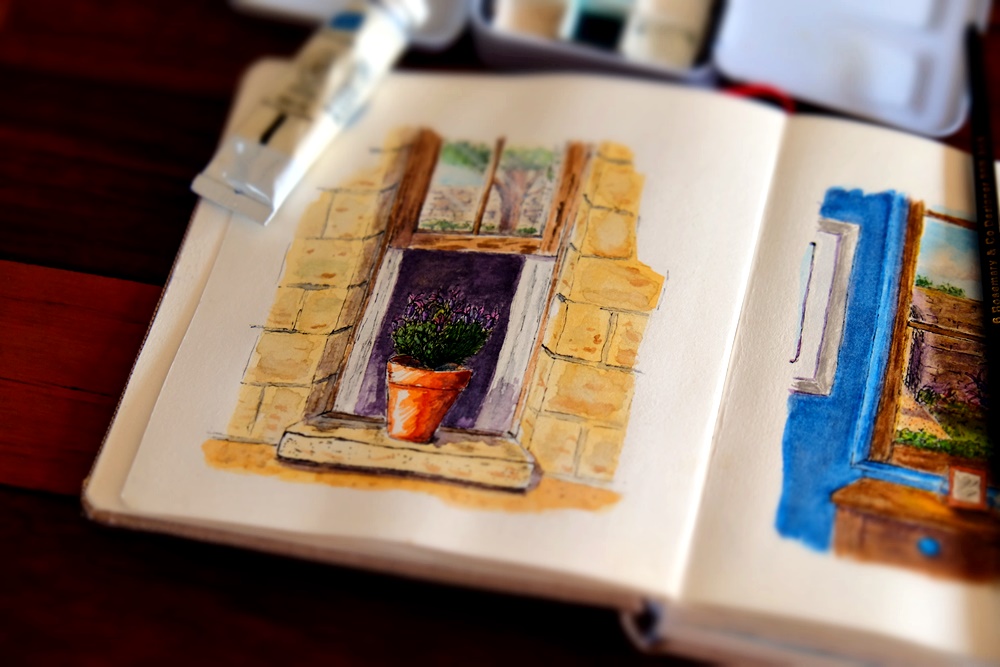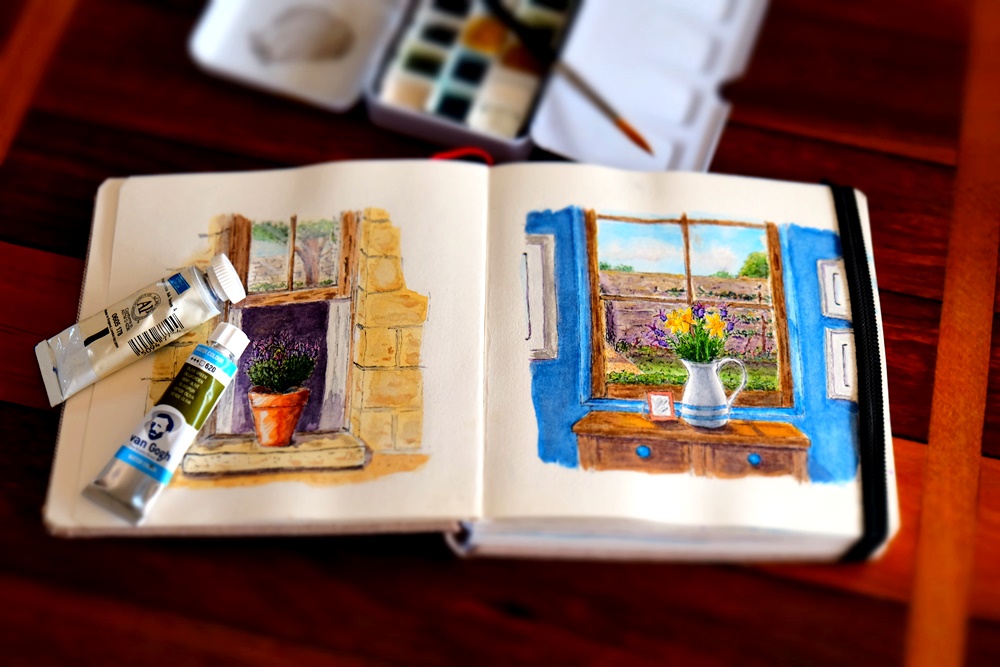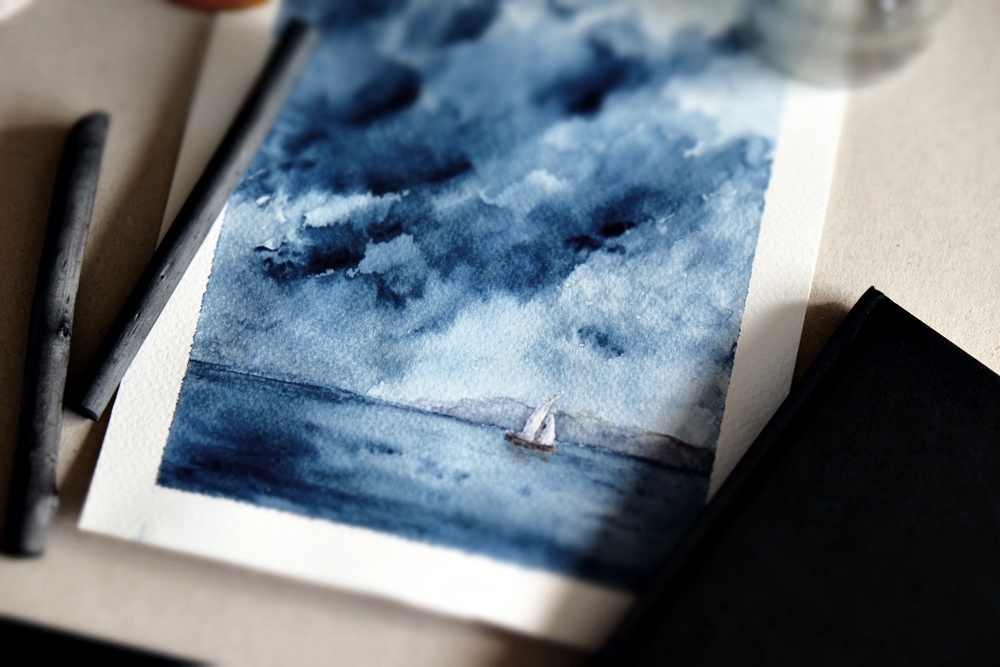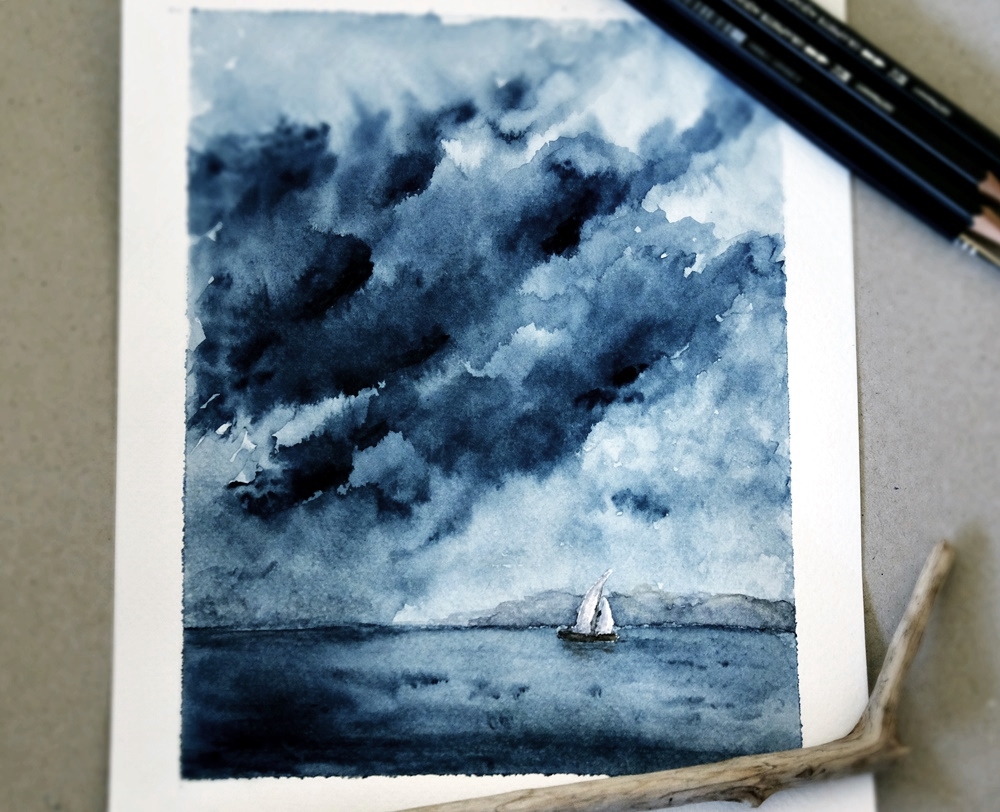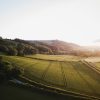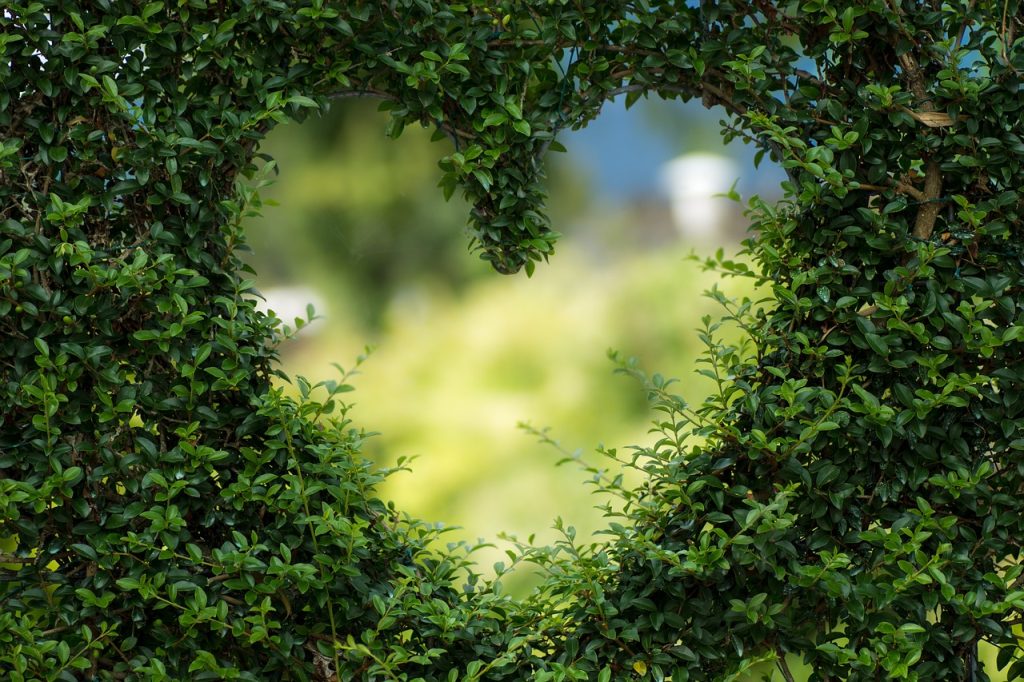
Come on a verbal equivalent of an English countryside ramble with me as I explain a close encounter I just had, and why it was such an extraordinary moment.
I promise you, though we’ll weave and turn and ramble and potter, we are going to end up somewhere good. I’ll point out things along the way, be your tour guide to the history and the highlights of the walk, but ultimately we will end up somewhere significant and it will all make sense when we get there. I think you’ll like the view from there, and I hope you find inspiration from it. Maybe you could even capture some mental photographs to take home for yourself.
To understand the place I’m taking you to, we have to go back quite a few years to the first place we lived in when we came to England nearly five years ago …
******
I was standing at the bus interchange in Harrogate (Yorkshire, England), waiting for a bus that would take me where I needed to go next. We lived in Harrogate and with some time to spare, I had just wandered into some of the many shops there before heading to my bus. A regular point-of-call was the W.H. Smith store, a large bookshop and stationery and art supplies store. I had just perused their section of beautiful patterned papers and card stock for scrap-booking and crafts, and I was filled with a longing to purchase them that went very deep. I just love patterns and colours and beautiful papers and cards. But I’m not a scrap-booker and I don’t do crafts. I had no reason to buy them other than they were beautiful. So I sadly walked away.
As I was standing at the bus stop thinking about my deep love for patterns on paper, and beautiful cards, and a huge range of imagery in art, and colours that play perfectly together in a variety of places, I asked God why I had those aspects of me and all the other parts of me that didn’t seem to fit anywhere. Was there any place where all those things had a purpose or made sense? A place they fit? It was a cry that went very deep and had been building in me for a long time. I felt like I was a thousand little pieces waiting for the picture that might show me how to put the jigsaw puzzle together. And I’d been waiting so very long. And my fear was that there wasn’t a picture at all. What if I was a thousand random little pieces with no way to fit them all together?
I had no idea at that point in time that just over a year later, art would come into my life in such an extraordinarily big way, and many of those disparate aspects of me would come to make sense. Suddenly my collecting of tidbits of patterns and colour combinations, and art cards, and inspiration, was not only permissible, it was important.
*****
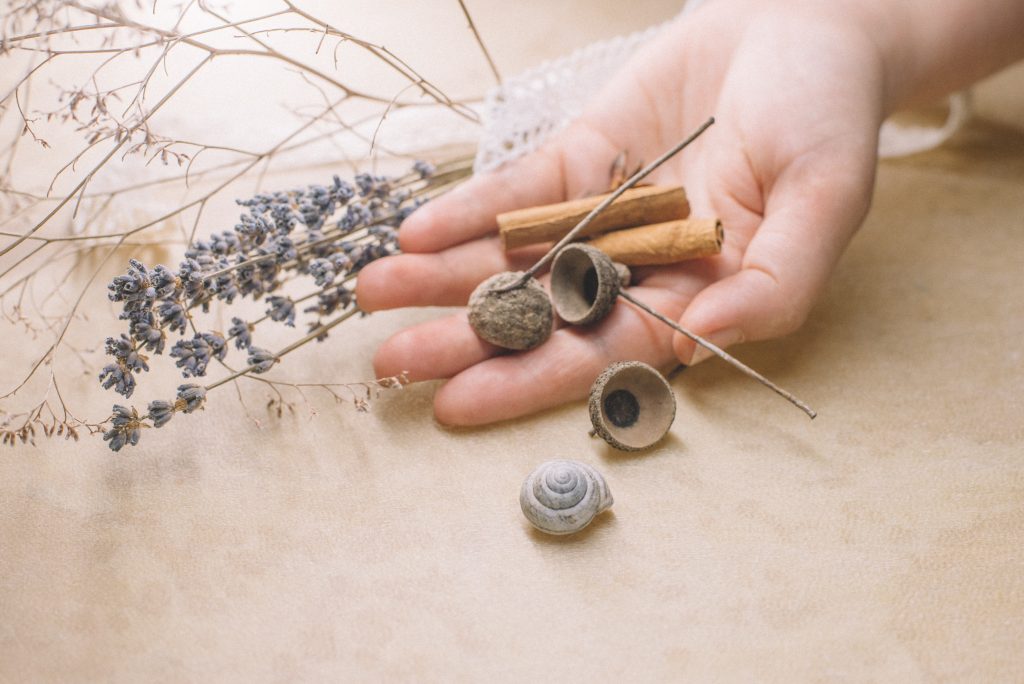
I’m not an outdoor person. At all. I like my nature from a distance. (Right now, I can see those who know me best nodding.) But still I have always loved collecting small, beautiful “treasures” from nature: the perfect acorn, tiny pine cones, a beautiful miniature shell, the gauzy frame of a very old autumn leaf, or the perfect stick. For a while I keep them in a display basket on a table or windowsill, then I can’t justify them anymore, and I throw them away.
Recently I’ve been packing up the unnecessary bits of my life to go into storage. Our plan is to move to two very small static vans while we build in Scotland, and anything not deemed vital, has to go. As I turned to sort out my basket of nature’s tidbits, I was once again overwhelmed with the same deep need to keep and collect like I had back in the W.H. Smith store in Harrogate. Where did my love of collecting tidbits and beautiful things fit?
******
When I first moved to our new home here in the countryside in Lancashire in England, I had this idea I would really get into nature more. I earnestly wanted to get to know the God behind creation and learn what I could from it. I know at the time, God was trying to show me that if Romans 1:20 was true – ie “For God’s invisible attributes, namely, his eternal power and divine nature, have been clearly perceived, ever since the creation of the world, in the things that have been made.” – and it is, then we can learn so much about God simply from being in nature. At the time, the idea of nature as being an extraordinary healer and teacher was coming from everywhere as a recurring theme, and I knew it was because when we are out in nature, we are out in God’s nature or character. Wanting to know God on a whole new level, I decided I just might find him out there, in nature. So I would observe it, walk in it, maybe journal it.
That idea lasted as long as the dry weather did and when my boots started sinking to the ankles in mud, and I would arrive home wet, muddy, and grumpy, I had to remember I was not an outdoors person. But I felt guilty about it. Didn’t everyone love being out in nature? If it was healing, then why did it seem to have the opposite effect on me? Shouldn’t I enjoy a walk or a hike like everyone else in Britain seemed to?
When the pandemic came along and locked us all inside just a few months after we moved, it was almost a relief. No more guilt over not going outdoors.
And yet there was my great, great love for little treasures I might find as I walked in or sat in nature.
*****
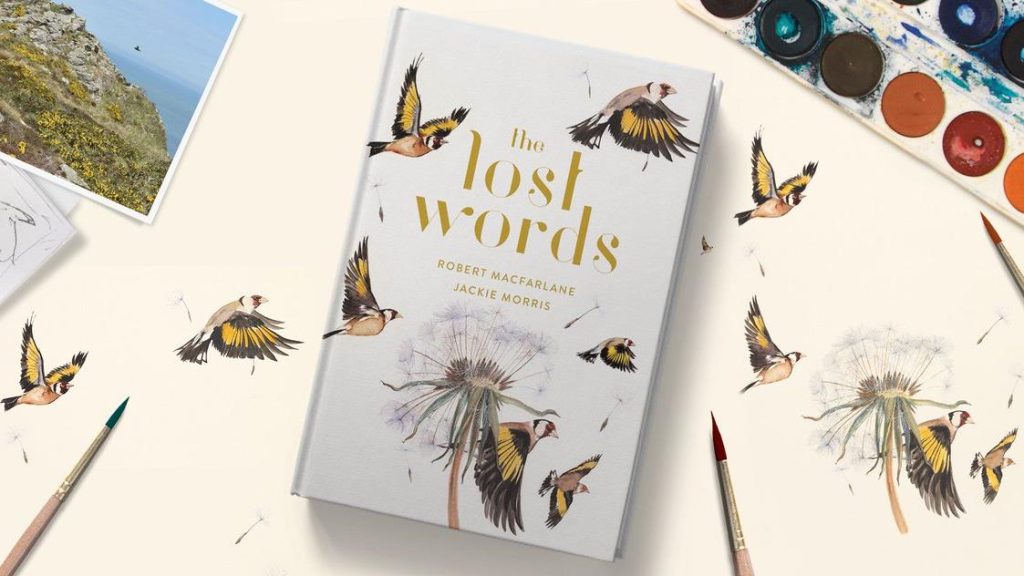
I heard an interview with one of my favourite illustrators, Jackie Morris. She paints a lot of nature and animal scenes. You might know of her from the collaboration with Robert MacFarlane, author and gifted wordsmith who wrote, The Lost Words – one of the most beautiful and important children’s book of our time that has sparked a whole new movement. (If ever there was a book getting children back into the beauty of nature and of words and poetry, that is it.) I don’t know if she’s a Christian (even though she has painted parables by Jesus), but regardless, she is a woman who is clearly ordained by God to do what she does and paint as she does. (She is doing what she was put on this earth to do.) She was talking about how everywhere she goes, she somehow runs into the very thing she is meant to paint. When she painted for the book The Lost Words and later The Lost Spells, Robert MacFarlane started to become amazed at the “coincidences” of her running into the very thing she needed to paint, even if that creature or plant or natural thing was out of season or not anywhere near its natural habitat. It got to the point where when she wanted to know how to paint a particular animal or flower, she’d simply go for a walk or go out for the day. She called them “wild gifts”. I knew this was God giving her the resources she needed. It’s a story I’ve heard many times before from many other artists, or film makers, or anyone who works with the natural world.
After that I started to gravitate to books from artists who painted or did lino prints of bits of nature – a bird’s nest, a shell, a pod of peas, a rabbit, an owl. What I noticed in particular from the interview with Jackie Morris (who was sitting in her studio at the time) and from photos in artist’s books I was collecting, were studios full of nature’s curios. They saw purpose and beauty and inspiration in layering up their work surfaces with the perfect stick, a beautiful bird’s nest, fragments of an egg, a cluster of acorns.
*****
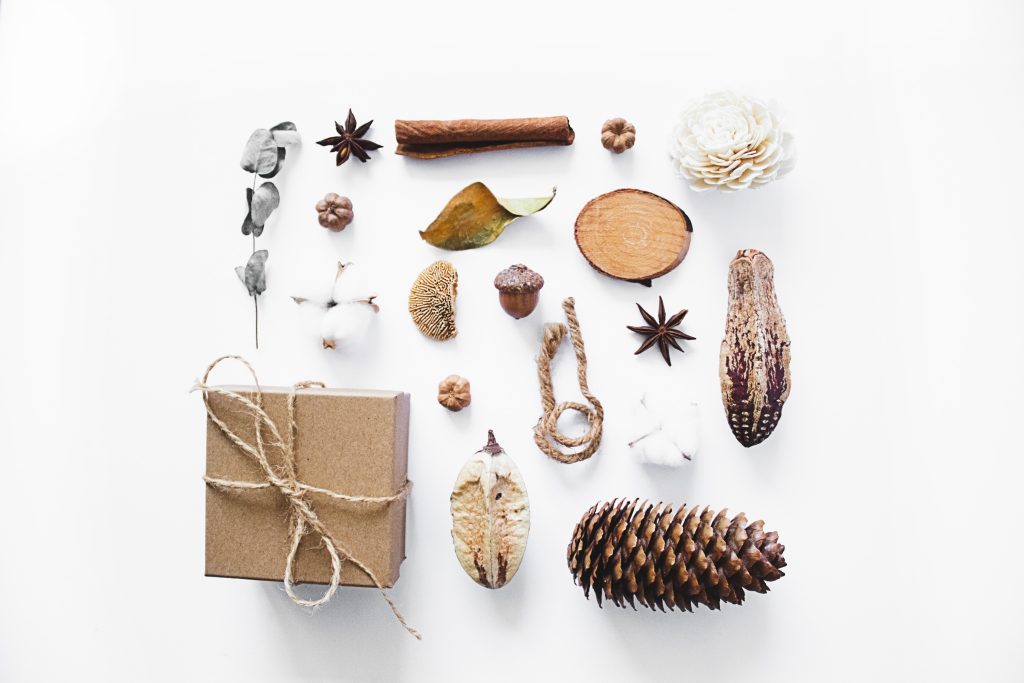
I’ve got this theory about reading. I’ve heard so many people say, “I don’t like reading.” If I was brave, my response would be, “I bet you do. I can prove it.” And then I might point to a stack of magazines they have, or the “bird-lovers guide” on the mantel, or mention the emails they read and respond to. What they mean when they say it is, “I don’t like reading novels.” And that’s okay. It’s not a compulsory hobby in order to be a human. But I bet they read something that they don’t hate reading. It might be a magazine. It might be emails. It might be websites. It might be instruction manuals.
You see, I believe it’s like saying, “I don’t like music.” There’s always some kind of music for each person. God has made an enormous variety so that each person has something for them. It’s the same with nature. I bet that even if you’re the most indoor person in all the world, there’s something about nature that you like: the sound of rain falling on your roof? The bird song as you wake each morning? A bunch of flowers in a vase?
I’ve only just realised that I had a bit of an “I don’t like reading” attitude towards nature. I figured that if I didn’t enjoy a hike or a walk through the mud of an English field, then nature and I didn’t really fit together. But I don’t have to enjoy the equivalent of the novel – the great, immersive, expansive interaction with nature – to love nature. I can enjoy a beautiful acorn. I can find great delight in a feather. I can love watching the blue tits playing in the cherry tree out my lounge window. Or I can be totally enraptured by the hawk that sails the cloudy skies over the peep of an estate I see from my office. Everybody has something about nature that God made just for them, and everybody has something about nature they don’t gel with. You don’t have to adore even spiders, snakes and scorpions or camping out amongst the mosquitoes and midges just to be able to claim you are a nature lover.
*****
Sorting through my basket of curios, the images of all the artists’ studios suddenly came to me. What if, like all the patterns, colours and art cards I longed to collect, and now do, my curios had a place too? That they weren’t just some random puzzle piece that would be thrown out in the end once the picture was completed.
And I started to think about my collection of nature’s treasures, and about Jackie Morris finding exactly the right thing at exactly the right time. I know I spend so much time looking down watching where my feet go, afraid I might step in something, or trip over something, that I somehow manage to find things. Had God been putting treasures in my path deliberately all this time? A way to enjoy nature my way? I have always loved really small things. Tiny details and tidbits. I think God knew that.
And so I made a decision. I wasn’t going to throw away my latest tidbit collection. I was going to add to it. I would keep the perfect specimens of each, my perfect baby peacock feather from a whole bunch I found scattered like a breadcrumb trail on a walk, or the perfect tiny pinecone, a small selection of beautiful acorns and dried flowers and dried rose pedals, and I would keep them in a treasure box. And I would get them out a bit at a time in my new small office in the static vans, and use them to inspire me and maybe to paint.
And so I asked Jesus if he’d love to show me more of the smaller parts of his creation, if he wanted to leave me treasures to find, like love letters from him and inspiration for me. Ways to enjoy nature in my own unique way, and to fit and belong with this world too. Things I could study to learn more about him. I would look out for them, deliberately. In the same way that carrying my camera around helps me to find a way to engage with my world, hunting for treasures would ground me and give me a way to find joy on any walks or journeys or travels, or even just in my own backyard.
I sorted my treasures into collections and little sealed bags and put them in a special treasure tin, knowing they now had a purpose.
*****
It’s been raining here non-stop. We haven’t had a day without rain for at least six weeks. That means no sunshine, no warmth, no summer, and no walks. There’s not a lot of treasure-hunting during weather like this. Faced with more and more predictions of rain and gloom, last week I didn’t exactly pray, as much as mutter to Jesus, “You’ll have to bring nature to me.”
The next day, I was sitting in my upper storey bedroom, reading by the dull, grey light of the window, when a butterfly landed on the window sill, right up against the glass. And there it sat completely still, barely a few feet away from me.
I inched forward, but it didn’t move. I got closer and closer, and realised that perhaps it couldn’t see me because it just sat very still. I literally got inches away from it and the glass. I put my hands on the windowsill, and rested my chin on them and with my eyes close enough to even see the scales on the butterfly’s wings, I stared at that butterfly for about half an hour. It sat for so long that I even managed to leisurely get my camera and take photos, and then called in my husband and son to take a look. It didn’t move. And I got the most extraordinary up-close-and-personal encounter with a butterfly I’ve ever had. I studied every inch of it. I noticed so many extraordinary details I’ve never seen before: the black and white striped antennae, the way the body actually joins via a whole lot of lovely, shaggy hairs, to the wings, the speckles of colours in the corners before the vivid colours begin, and the way it isn’t neat black lines like we love to draw when we stylise a butterfly, but lots of scraggly spots and scribbles. It was treasure sent to me. I know it.
The next day, to confirm it wasn’t just a random occurrence, a rare black bee landed in exactly the same place. I had just been learning about the British black bee, how it used to be the most common species here and now is so rare it’s in danger of disappearing. I believe less than 1% of all bees here are the precious black bees. And there it was, in the same spot, on my window sill. And it sat there for another half hour. We all got to take a look at it, and I studied it.
Treasure.
Later I researched my butterfly. I tracked it down instantly to a Small Tortoiseshell, and I found the perfect picture to paint. I spent several days drawing and painting this butterfly in order to study it even closer and to commemorate the moment that Jesus brought his nature to me to show me. “Look, here’s what I made? What do you think?” How special that a request that seems insignificant wasn’t to Jesus: “Show me treasures in nature.” But more than that, those treasures reminded me that nothing about me is random. Jesus wasn’t just showing me a butterfly. He was showing me me. He was teaching me about his other creation, the one he promises in Ephesians 2:10 is his masterpiece. Me.
*****
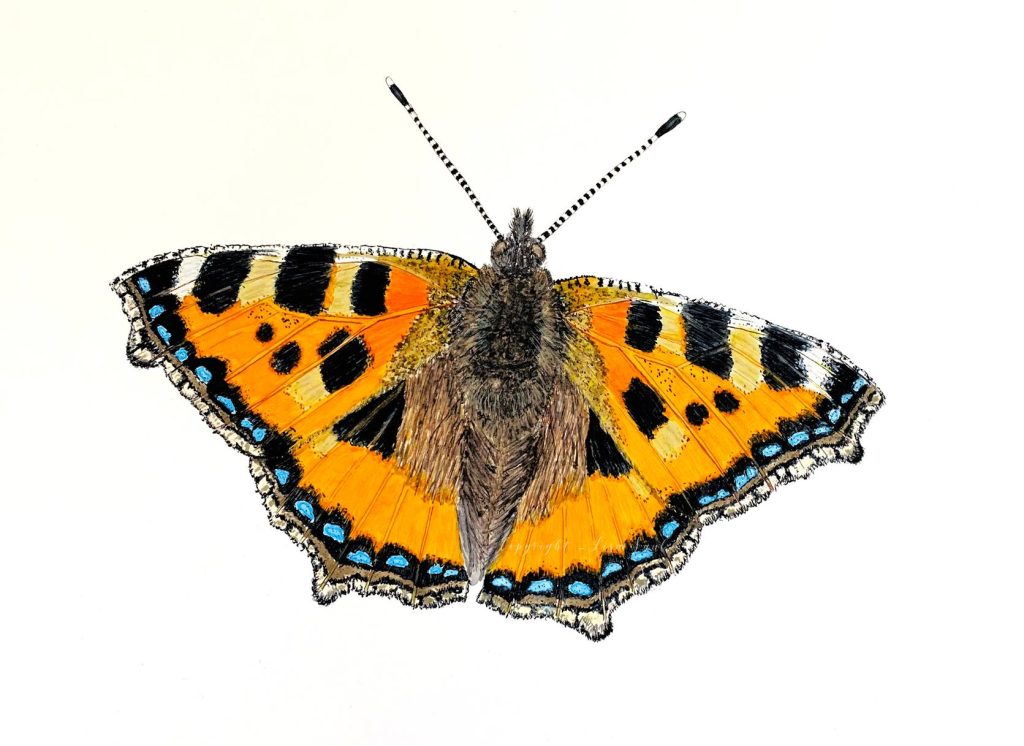
We are not a thousand pieces of a jigsaw with no picture to help us put them all together. It might take us time to figure out the picture, and where those pieces fit, but they do fit somewhere. Everything about you belongs to who you are meant to be. Nothing is random or unplanned.
If you have pieces of you that don’t seem to belong, ask God to show you where they fit and who you are. Ask him to show you the treasures in the creation that is you. —
